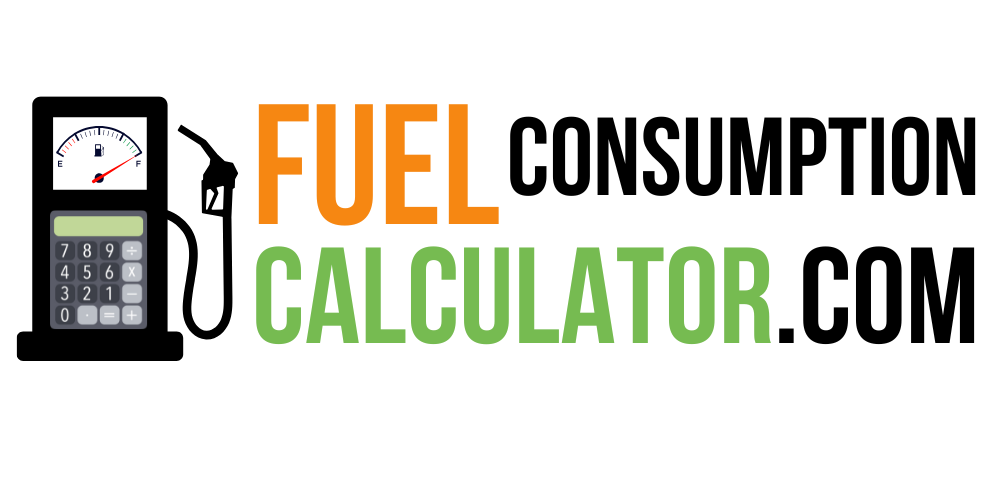The relationship between temperature and fuel consumption is more significant than most drivers realize. Whether you’re battling scorching summer heat or navigating through frigid winter conditions, the outside temperature plays a crucial role in how efficiently your vehicle uses fuel.
Understanding this connection can help you save money and reduce your carbon footprint.
📌 Quick Answer Box:
Temperature significantly affects fuel consumption, with extreme conditions reducing fuel efficiency by 12-28%. Cold weather typically has a more substantial impact, decreasing fuel economy by up to 24% for short trips, while hot weather can reduce it by 4-8% due to increased AC usage.
Contents
How Temperature Affects Your Vehicle’s Performance
Cold Weather Impact
- Engine oil becomes thicker, creating more resistance
- Battery performance decreases, requiring more energy
- Tire pressure drops, increasing rolling resistance
- More fuel needed for initial warm-up
- Extended idle time for defrosting
Real-world Example: A study by the U.S. Department of Energy found that in urban areas, a car’s gas mileage is about 15% lower at 20°F compared to 77°F.
Hot Weather Effects
- Increased AC usage draws more engine power
- Higher evaporation rate of fuel
- Engine cooling system works harder
- Increased aerodynamic drag from open windows
Key Statistic: Running your AC in hot weather can reduce fuel efficiency by up to 8% in highway conditions and up to 4% in city driving.
Temperature-Smart Driving Solutions
Recommended Products
- Smart Tire Pressure Monitoring Systems
- Benefits: Real-time pressure monitoring
- Average cost: $50-150
- Potential fuel savings: 3%
- Engine Block Heaters
- Perfect for cold climates
- Reduces warm-up time
- Typical cost: $100-200
- Quality Engine Oil
- Multi-viscosity options for all seasons
- Reduces engine strain
- Cost: $30-80 per change
Best Practices for Temperature-Efficient Driving
Cold Weather Tips
- Park in covered areas when possible
- Combine short trips
- Use remote start wisely
- Check tire pressure weekly
Hot Weather Tips
- Park in shaded areas
- Use AC efficiently
- Maintain proper coolant levels
- Service AC system regularly
The Science Behind Temperature and Fuel Economy
| Temperature Range (°F) | Fuel Economy Impact |
|---|---|
| Below 20°F | -24% |
| 20-32°F | -15% |
| 32-50°F | -7% |
| 50-70°F | Optimal |
| Above 95°F | -8% |
Frequently Asked Questions
Q: Does idling to warm up save fuel?
A: No, modern engines warm up more efficiently while driving gently. Limit idle warm-up to 30 seconds.
Q: Is it better to use AC or open windows?
A: Use AC on highways (over 50 mph) and open windows at lower speeds for better fuel efficiency.
Q: How often should I check tire pressure?
A: Check monthly and before long trips, as pressure changes 1-2 PSI for every 10°F change in temperature.
Conclusion
Temperature significantly impacts fuel consumption through various mechanical and behavioral factors. By understanding these effects and implementing suggested solutions, drivers can optimize their fuel efficiency regardless of weather conditions.

Hi, I’m Sufiyan, the developer behind this platform. I created FuelConsumptionCalculator.com to simplify fuel tracking for everyone — because understanding your vehicle shouldn’t require a degree in mechanics. I’m always working on adding more tools and content to make this site even more useful

